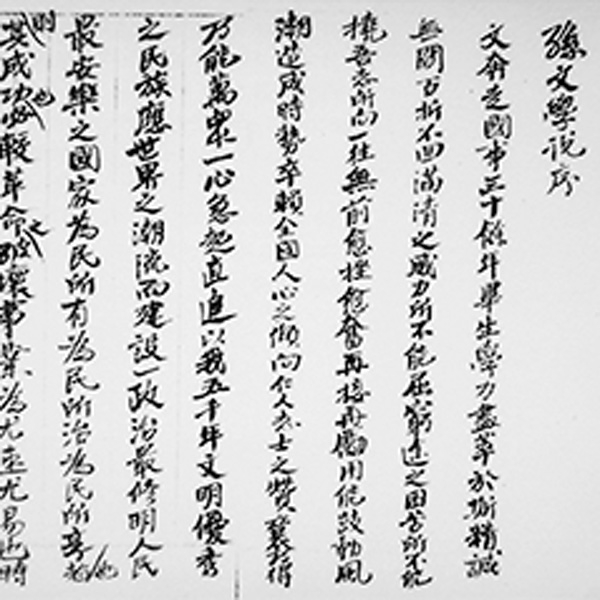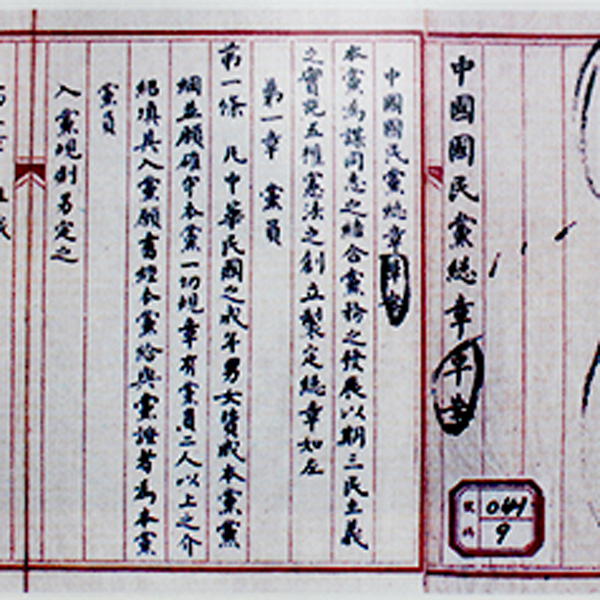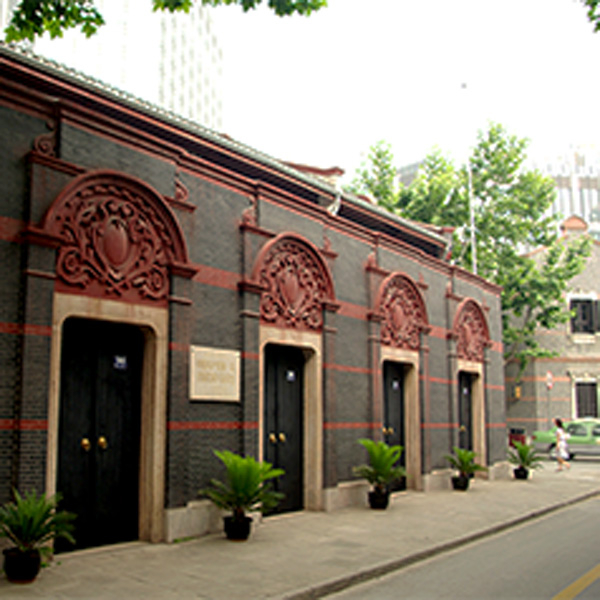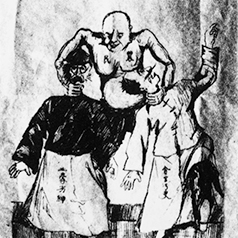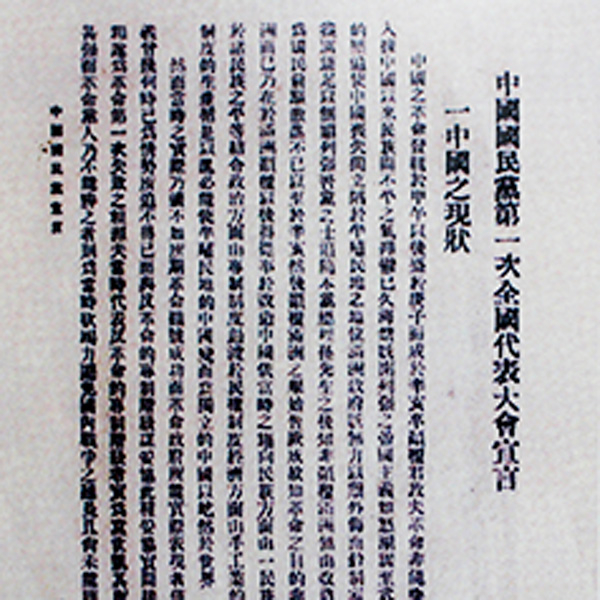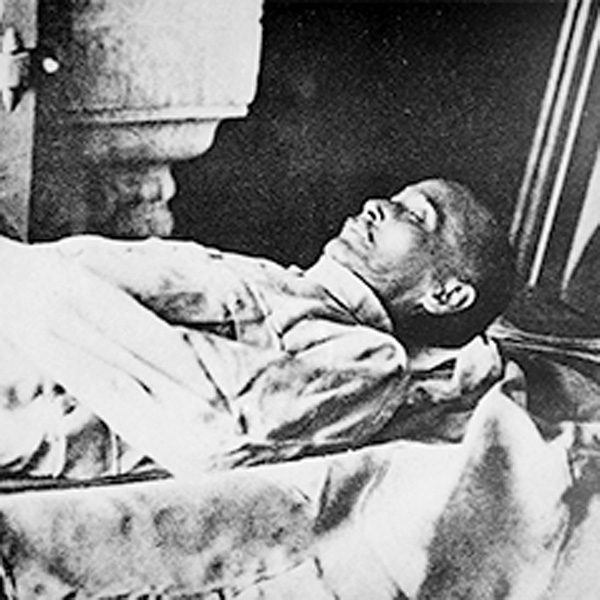
KMT & CCP Began to Cooperate (1919-1925)
The Kuomintang-Communist Began to Cooperate: an Overview
Sun Yat-sen suffered setbacks since the birth of the Republic of China. He thus became convinced to build a well-organised, disciplined, and armed revolutionary party. Meanwhile, Soviet Russia was promoting communism in China and supporting Sun’s revolutionary efforts. A confluence of events – the reorganisation of the Kuomintang of China, the founding of the Chinese Communist Party, the first cooperation between these two parties, and the establishment of the Whampoa Military Academy – ushered China’s revolutionary movement to a new phase.
The Kuomintang-Communist Began to Cooperate: an Overview
Sun Yat-sen suffered setbacks since the birth of the Republic of China. He thus became convinced to build a well-organised, disciplined, and armed revolutionary party. Meanwhile, Soviet Russia was promoting communism in China and supporting Sun’s revolutionary efforts. A confluence of events – the reorganisation of the Kuomintang of China, the founding of the Chinese Communist Party, the first cooperation between these two parties, and the establishment of the Whampoa Military Academy – ushered China’s revolutionary movement to a new phase.
(1) Sun Yat-sen Reflected on the Course of Revolution
The beginning of the Republic of China was bumpy. The frustrated Sun Yat-sen kept reflecting on the course of the revolution. After Chen Jiongming’s coup in 1922, Sun became convinced that he must rebuild a well-organised and disciplined revolutionary party with its own army.
(2) The Founding of the Kuomintang of China and the Soviet Aid
After much reflection, Sun Yat-sen saw the need to strengthen party building. He thus reorganised the Chinese Revolutionary Party into the Kuomintang of China, and intended to cooperate with Soviet Russia to promote revolution in China.
(3) The Proliferation of Marxism and Communist Cells
Marxism was first introduced into China at the end of the Qing dynasty. After the 1917 October Revolution in Russia, it spread rapidly among China’s avant-garde intellectuals during the May Fourth Movement. Marxist publications proliferated, and organisations studying Marxism began to emerge nationwide.
(4) The Official Founding of the Chinese Communist Party
In July 1921, the First National Congress of the Chinese Communist Party was convened in Shanghai, marking the official establishment of the Chinese Communist Party.
(5) Early Labour and Peasant Movements Led by the Chinese Communist Party
Communism preached proletariat revolution. As soon as the Chinese Communist Party was established, it set about launching labour and peasant movements by instigating labour strikes and peasant resistance.
(6) The First National Congress of the KMT and the First KMT-CCP Cooperation
The First National Congress of the Kuomintang of China was held in January 1924. The Congress adopted the policies of allying with Soviet Russia, accommodating the Chinese communists, and assisting peasants and workers. This officially marked the beginning of the first cooperation between the Kuomintang of China and the Chinese Communist Party.
(7) The Founding of the Whampoa Military Academy
After concluding his own experience and lessons learned, Sun Yat-sen was determined to build a revolutionary army. To this end, the Whampoa Military Academy was officially founded on 16 June 1924. It would play a pivotal role in the course of Chinese history.
(8) The Death of Sun Yat-sen
Sun Yat-sen was ill when he set off for Beijing in 1924 to discuss national affairs with the Beiyang Government. Upon arriving, his condition deteriorated upon arriving and he passed away at 9:30 am on 12 March 1925.




